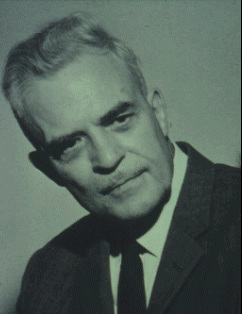In NLP, Ambiguity is used as a stylish languaging technique to confuse the conscious mind. I personally use it when I get a client who is so full of logic and reason, that they have lost the ability of intuition and connection with their body. It originates from the classic Milton Erickson Milton Model and has many differing styles.
Syntactic Ambiguity
Syntactic ambiguities occur when the syntactic function of a word cannot be uniquely determined from the immediate context. For example, in the sentence: They are visiting relatives – it is not possible to determine whether the word visiting is functioning as a Surface Structure verb to be grouped with the verb areas in the example: They are visiting orange groves or whether it is functioning as a Surface Structure adjective to be grouped with relatives, as in the example: They are relatives who are visiting here with us or They are traveling relatives. There are two forms of syntactic ambiguity which we have found in Erickson’s work. These are:
Verb + ing + Noun
- Flying planes can be dangerous.
- Investigating FBI agents can be dangerous
- They are murdering peasants
- They are walking dogs
Nominalization of Noun
- The touch of the man
- The feeling of the couch.
Each of these syntactically ambiguous forms may be utilised by the hypnotist by using the following construction procedure: Step 1 – Identify the message that you, as a hypnotist, wish the client to receive: Step 2 – Place the message into one of the syntactically ambiguous forms listed above.
Scope Ambiguity

Scope ambiguity occurs when it cannot be determined from an inspection of the immediate linguistic context how much is applied to that sentence by some other portion of that sentence. For example, Erickson might say: “I want you to draw me a picture of yourself in the nude”. Here, the communication is ambiguous, as the phrase in the nude could apply equally well to the way in which Erickson wants the listener to dress (or, rather, not dress) when drawing the picture or to the way in which the listener is to portray himself in the picture he draws. One of Erickson’s favourite scope ambiguities is that associated with age regression. He will, in the course of an induction, look meaningfully at the client and say “speaking to you as a child”. Here, of course, the ambiguity is whether the phrase as a child refers to Erickson or to the client, thus, the effect is a scope ambiguity which induces age regression on the part of the client.
Punctuation:
We have identified punctuation ambiguity as the cases in which Erickson uses a sequence of words which is the result o fan overlap of two well-formed Surface Structures sharing a word or phrase. For example, Erickson might say: “I want you to notice your hand me the glass”. This ill-formed Surface Structure can be decomposed into two well-formed Surface Structures with the shared pivot word hand: I want you to notice your hand/Hand me the glass All cases of punctuation ambiguity result in ill-formed Surface Structures. Our experience in using this technique is that it is very effective and that the client, typically, either responds immediately to the command given or stops processing with the normal linguistic processes almost immediately.
The hypnotist or NLP Practitioner, may construct sentences using this technique by:
- Step 1 – Identify the message you, as a hypnotist, desire that the client receive:
- Step 2 – Check each of the words in the message to determine whether they are phonologically ambiguous:
- Step 3 – Form two sentences, one of which has the phonologically ambiguous word as the last word in the sentence, the second, a command, in which the ambiguous word occurs as the first word in the sentence:
- Step 4 – Delete the first word of the second sentence and say the entire sequence to the client. You will help yourself to acquire this skill (as well as the others presented here) by generating a set of phonologically ambiguous words which occur naturally in your work. One set which we have found very useful are organ language (words which identify body parts and functions, e.g.,hand, shoulder), phonologically ambiguous words.

